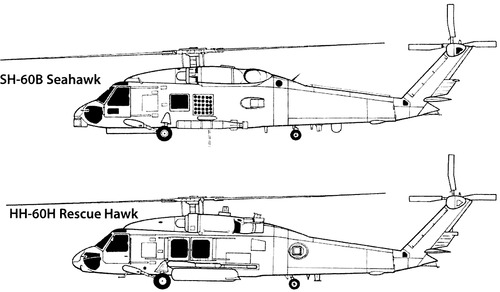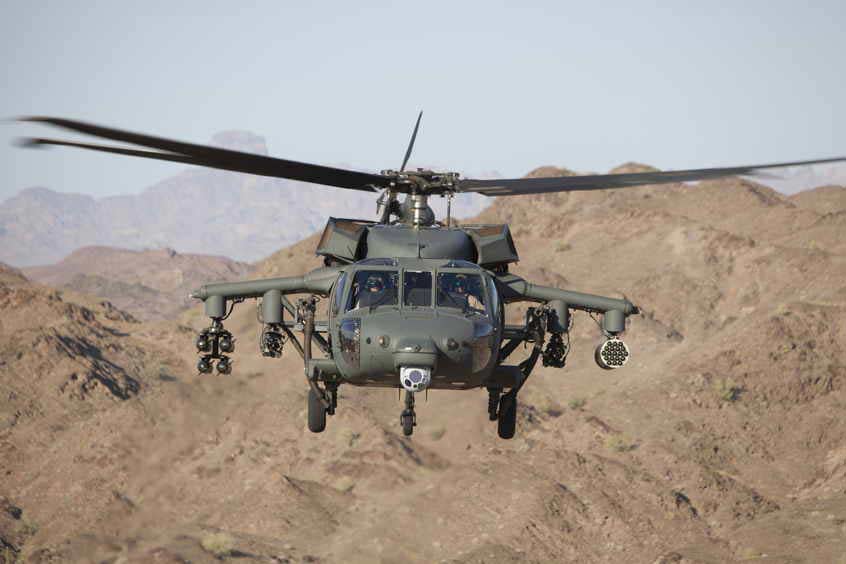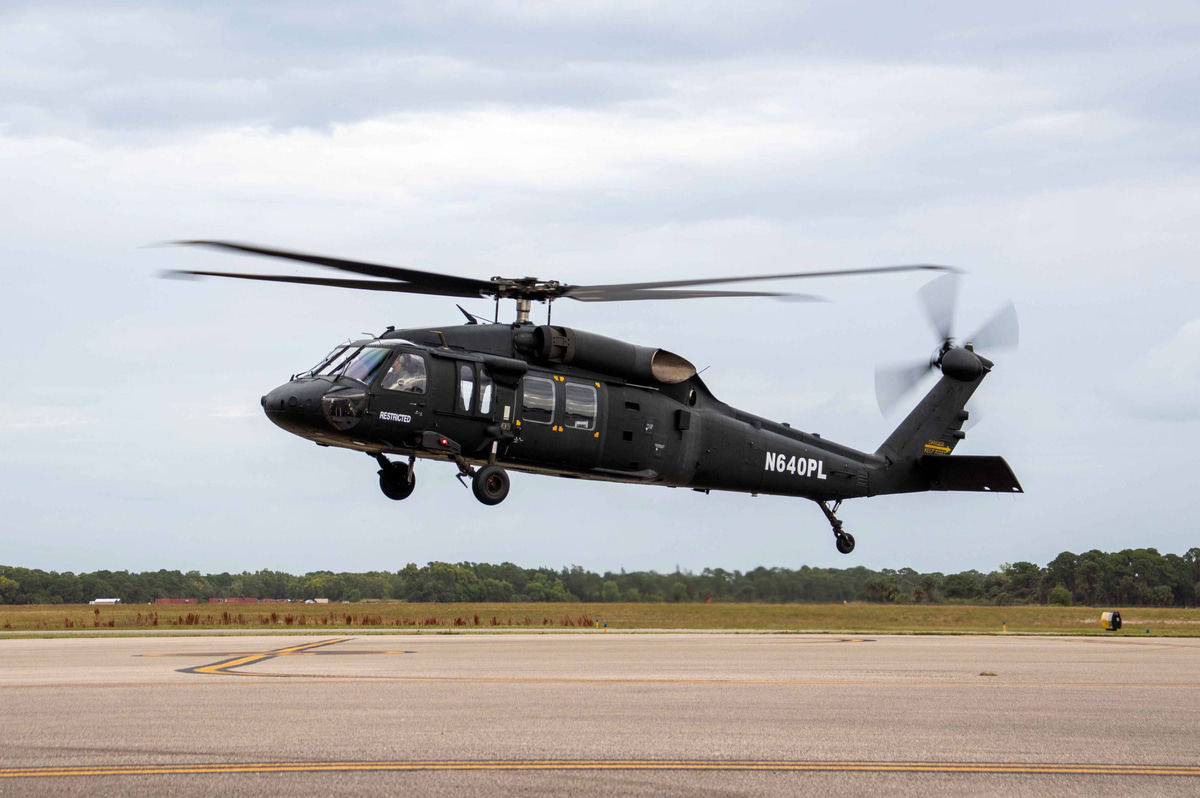Sikorsky S 70: Reinventing Tactical Operations with Cutting-Edge Modern Technology
Sikorsky S 70: Reinventing Tactical Operations with Cutting-Edge Modern Technology
Blog Article
High-Performance Multi-Role Rotorcraft Featuring Advanced Cabin Technologies and Integrated Sensor Systems
The world of rotorcraft modern technology has seen notable improvements in current times, particularly in the realm of high-performance multi-role rotorcraft furnished with sophisticated cabin modern technologies and perfectly integrated sensor systems. These technologies have not only boosted the operational abilities of rotorcraft yet have actually also significantly influenced contemporary aviation procedures on various fronts. From improved mission adaptability to enhanced functional performance, the convergence of innovative cabin modern technologies and integrated sensing unit systems has actually introduced a brand-new age of possibilities for rotorcraft applications. In the following conversation, we will explore the evolution of rotorcraft technology, explore the realm of innovative cabin technologies, and take a look at the implications of integrated sensor systems on the functional convenience and efficiency of modern rotorcraft.
Development of Rotorcraft Modern Technology
The development of rotorcraft modern technology has actually been noted by substantial innovations in aerodynamics, products, and propulsion systems, shaping the abilities and efficiency of modern rotorcraft. In addition, advancements in propulsion systems, consisting of more powerful engines and cutting-edge propulsion modern technologies, have actually enabled rotorcraft to accomplish higher altitudes, faster speeds, and better hauls.
These innovations have not only changed the capacities of rotorcraft but have actually also expanded their applications across numerous sectors, consisting of armed forces, industrial, and emergency services. The continuous development of rotorcraft innovation continues to drive innovation in the field, pressing the limits of what is possible and forming the future of upright flight.
Advanced Cabin Innovations
Building upon the fundamental improvements in the rules of aerodynamics, materials, and propulsion systems, the world of rotorcraft modern technology now moves emphasis towards introducing Advanced Cabin Innovations. The combination of cutting-edge modern technologies within the cockpit setting plays a crucial role in enhancing the operational capacities, safety and security, and performance of contemporary rotorcraft. sikorsky s 70. Advanced Cockpit Innovations incorporate a vast variety of functions made to give pilots with improved situational awareness, structured data administration, and instinctive control user interfaces
Among the vital advancements in cockpit layout is the execution of glass cabins, which replace traditional analog evaluates with high-resolution screens. These electronic systems provide adjustable layouts, real-time information integration, and boosted readability, making it possible for pilots to access important info at a look. Progressed avionics systems, such as fly-by-wire controls and enhanced truth screens, are revolutionizing exactly how pilots connect with the airplane, permitting for accurate control and improved decision-making capabilities.


Including sophisticated cabin innovations not just boosts pilot performance however also adds to general goal efficiency and security in complicated functional environments. By leveraging advanced technologies within the cabin, rotorcraft producers are setting new criteria for operational quality and objective success.
Integrated Sensor Solutions
With the advancement of rotorcraft innovation, the integration of advanced Integrated Sensing unit Equipment has actually ended up being paramount in boosting functional efficiency and security. These Integrated Sensing unit Solutions incorporate a vast selection of innovations that provide crucial information for various functions such as navigation, monitoring, targeting, and environmental monitoring. By flawlessly incorporating sensing units like radars, video cameras, lidar, and infrared systems right into rotorcraft, drivers can benefit from improved situational recognition, improved mission abilities, and reduced pilot workload.
One key benefit of Integrated Sensor Equipments is their ability to gather real-time data and provide actionable insights to pilots and goal drivers. For instance, advanced radar systems can find and track targets over long ranges, enabling very early hazard discovery and reliable feedback planning. Additionally, integrating electro-optical and infrared cameras makes it possible for rotorcraft to perform reconnaissance and monitoring missions with accuracy and accuracy.
Essentially, the integration of sophisticated sensor technologies into rotorcraft not just enhances functional performance however also adds dramatically to total mission success and staff safety. As rotorcraft remain to evolve, the duty of Integrated Sensor Solution will definitely remain at the forefront of advancement in the aerospace industry.
Operational Adaptability and Performance
Enhancing functional adaptability and effectiveness look at this now in rotorcraft is an all-natural development from the integration of sophisticated Integrated Sensor Systems. By leveraging the understandings and data offered by these cutting-edge sensing unit systems, rotorcraft can enhance their efficiency across numerous objectives and settings.
Operational adaptability encompasses the ability of rotorcraft to adjust to different roles and situations efficiently. With innovative cabin technologies and incorporated sensing unit systems, rotorcraft can effortlessly change in between jobs such as search and rescue, medical emptying, surveillance, and much more. This adaptability boosts the rotorcraft's capacity to meet diverse operational demands without requiring substantial reconfiguration.
Efficiency in rotorcraft procedures is crucial for optimizing objective effectiveness and resource utilization. Integrated sensing unit systems play a pivotal role in improving operational performance by providing real-time information on weather, surface mapping, target tracking, and a lot more. This data enables pilots to make educated choices quickly, enhance trip courses, save fuel, and boost total goal productivity.
Effect on Modern Air Travel Workflow

In addition, the assimilation of advanced sensors facilitates enhanced objective planning and implementation, making it possible for rotorcraft to carry out a wide variety of jobs with boosted precision. From search and rescue procedures to airborne firefighting and regulation enforcement goals, the capabilities of modern rotorcraft outfitted with sophisticated cabin innovations and integrated sensing unit systems are unequaled.
Furthermore, the impact of these advancements extends beyond functional performance to cost-effectiveness and sustainability. By optimizing trip courses, fuel usage, and maintenance schedules, high-performance rotorcraft geared up with sophisticated cockpit technologies and sensors add to decreasing operational expenses and ecological effect, making them essential possessions in modern-day aviation procedures.
Conclusion
To conclude, the high-performance multi-role rotorcraft with sophisticated cockpit technologies and incorporated sensing unit systems represents a significant advancement in aviation technology. These technologies enhance functional versatility and efficiency, eventually influencing contemporary air travel procedures in a favorable means. The assimilation of these advanced modern technologies enables for improved abilities and efficiency in numerous goal circumstances, showcasing the proceeded improvement of rotorcraft modern technology in the aeronautics market.
The realm of rotorcraft innovation has seen significant innovations in recent times, especially in the world of high-performance multi-role rotorcraft equipped with sophisticated cabin modern technologies and seamlessly integrated sensor systems. From boosted objective flexibility to enhanced functional effectiveness, the convergence of innovative cockpit technologies and incorporated sensing unit systems has actually ushered in a brand-new era of opportunities for rotorcraft applications. In the following conversation, we will certainly explore the advancement of rotorcraft technology, delve right into the realm of advanced cabin developments, and take a look at the implications of incorporated sensing unit systems on the functional flexibility and performance of contemporary rotorcraft.

Report this page